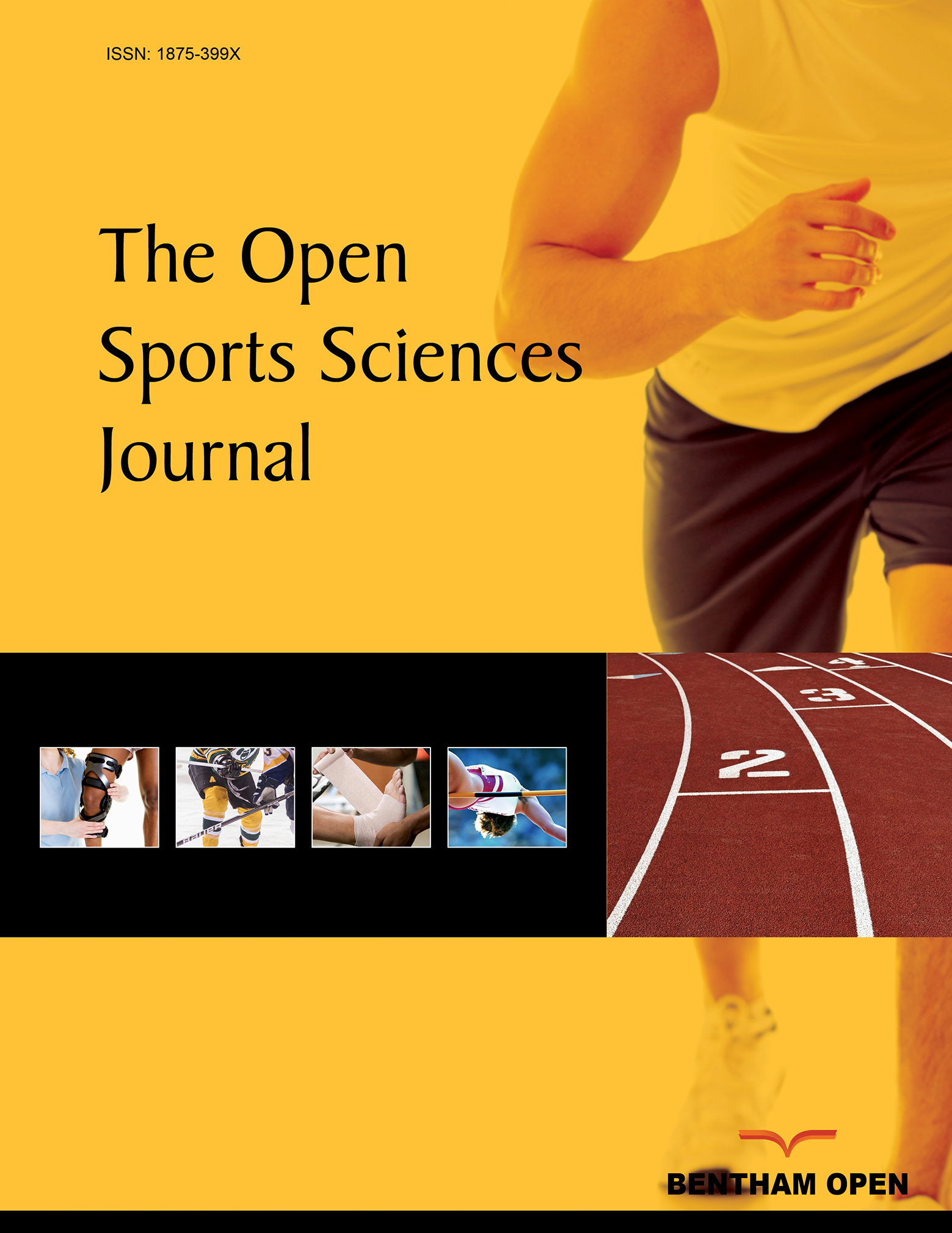Effect of Additional Buoyancy Swimsuits on Performance of Competitive Swimmers
Abstract
Background:
When in water, the Centers of Buoyancy (CoB) and Mass (CoM) of the human body are positioned cranially and caudally, respectively. With increasing distance between these centers, the sinking torque of the lower limbs increases, with a subsequent decrease in swimming performance due to increased drag.
Objective:
To clarify the effect of additional buoyancy swimsuits on swimming performance.
Methods:
The subjects were eight competitive male swimmers of mean ±SD age 21±2 years. Swimming performance was compared between Conventional (CS) and Additional Buoyancy Swimsuits (ABS). CoM and CoB were identified on land and in water, respectively, with the swimmers maintaining a horizontal posture. CoM was measured by the reaction board method. CoB was calculated as the force exerted in the vertical direction accompanied by changes in inspiratory volume. Swimming velocity and Blood Lactate (BL) concentration value during 200 m front crawl in trials at four different speeds (curve test) were recorded as swimming performance.
Results:
No significant difference in inspiratory volume was observed between CS and ABS (small effect size, d=0.28). The distance between CoM and CoB was significantly shorter for CS than ABS (p < 0.001; large effect size, d=1.08). Both swimming velocity at BL of 4 mmol·L-1 and maximal effort were significantly faster for ABS (p < 0.042; 0.008), with large effect size (d=0.91; 0.98). However, there was no significant difference in maximal BL between CS and ABS (small effect size, d=0.37).
Conclusion:
ABS improves swimming performance by streamlining the horizontal posture.


